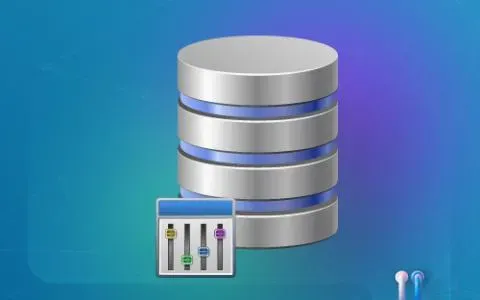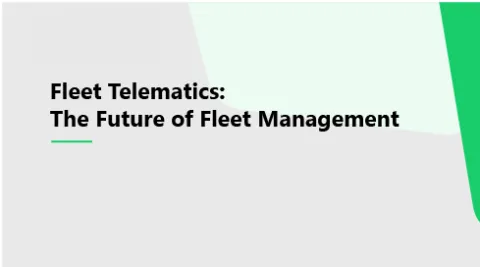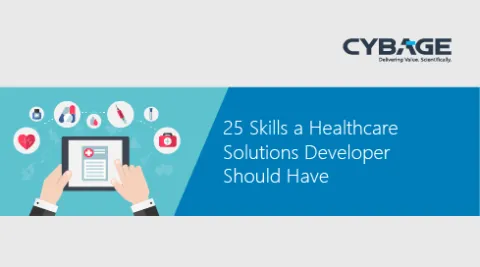Overview

In an era characterized by constant change, software product companies and organizations alike must keep pace with the rapid shift in client demands. For them to remain ahead of the curve, it is essential that they integrate modern technologies, agile methodologies, and customer-focused design while bringing products to life.
A global leader with a decades-long legacy of Product Engineering, Cybage stands at the forefront of innovation and offers a comprehensive suite of services designed to empower businesses pursuing market-leading products.
Leveraging our engineering DNA, we assist you through every stage of the product development process, offering end-to-end software product lifecycle management from conceptualization to sustained engineering. Our seasoned team uses agile approaches to deliver solutions that are specifically matched to your industry's demands and can swiftly adjust to shifting market dynamics.
Whether you’re looking for a novel idea or a ground-breaking fix for an existing product, our expertise in Digital Product Engineering puts us in a position to help you create sustainable products.
Move with us as we engineer the future together with winning products.
Concept & Ideation
Transforming Thoughts into Innovations
Turn your concepts into reality with our concept & ideation services. We help you refine your initial concept, conduct market research, and develop a clear product roadmap.

Research, Design & Development
Elevating Ideas to Engineering Excellence
Experience innovation at its best with our research, design & development services. We collaborate closely with your team to deliver a winning product, that addresses market needs.

Test Engineering
Harmonizing Excellence in Every Aspect
Ensure the reliability of your products with our test engineering services. Our rigorous testing processes guarantee the quality and performance of your products.

Sustained Engineering
Maintaining Peak Performance Throughout the Product Lifecycle
Secure the longevity of your products with our sustained engineering services. We ensure your products evolve and adapt to meet changing demands.

Re-Engineering
Revitalizing, Reimagining, Re-engineering Excellence
Revitalize your existing products with our re-engineering services. We bring a fresh perspective to enhance and modernize your product offerings.

Migration
Transitioning Your Product to New Platforms
Unlock a smooth transition with our migration services. We specialize in migrating your products to new platforms, ensuring continuity and improved performance.

Support & Reliability
Delivering Exceptional Customer Experiences with Excellent Products
Count on Cybage for reliable support. Our support & reliability services ensure your products operate seamlessly, providing a positive user experience.

Documentation & Training
Empowering Users with Clear and Comprehensive Documentation
Empower your teams and users with our documentation & training services. We ensure comprehensive resources and training materials for optimal product utilization.

Resource Center

Our Partners
Moving Forward,
With You

Industries we cater to
Moving With The Times, Moving With You
Let's Get Moving!
Your purpose, our passion. Connect with us and let's make things happen.























































